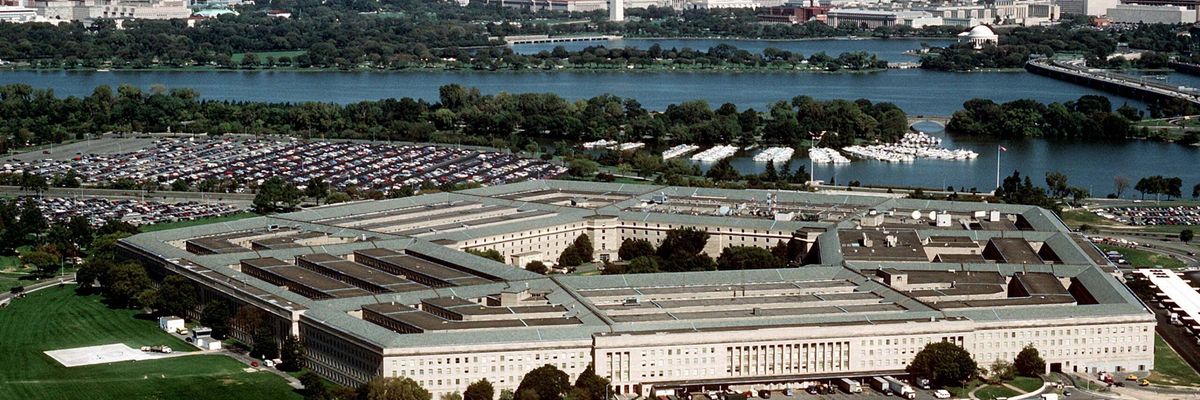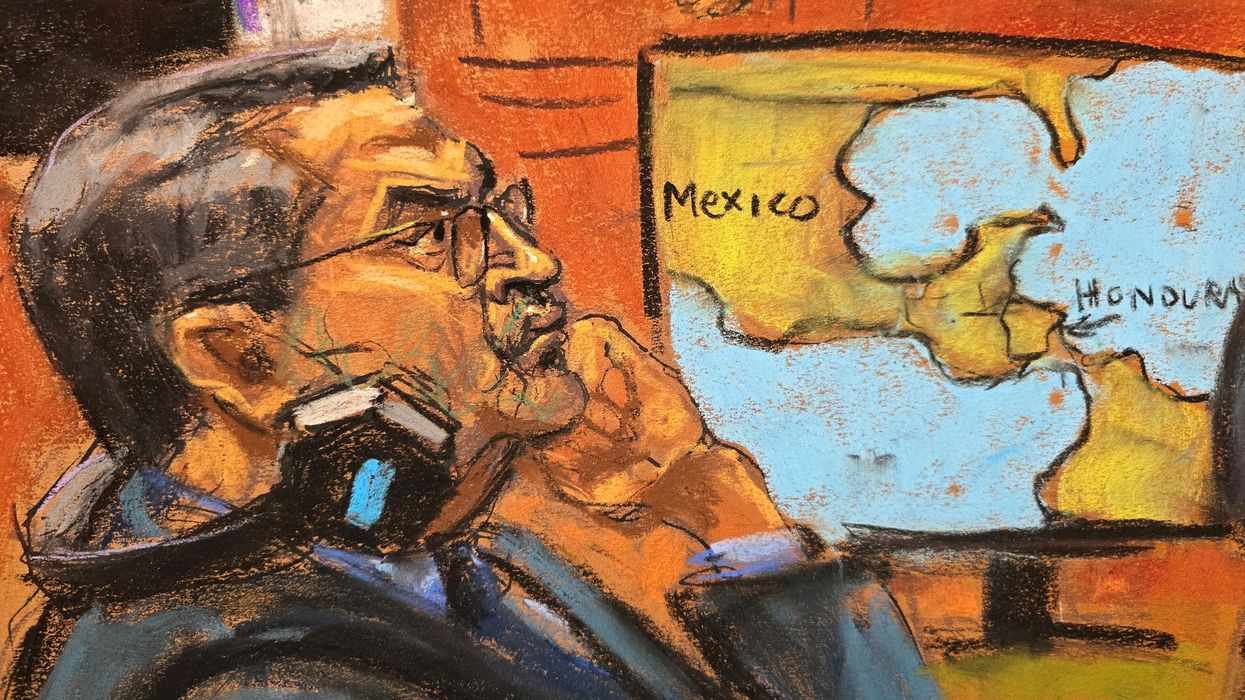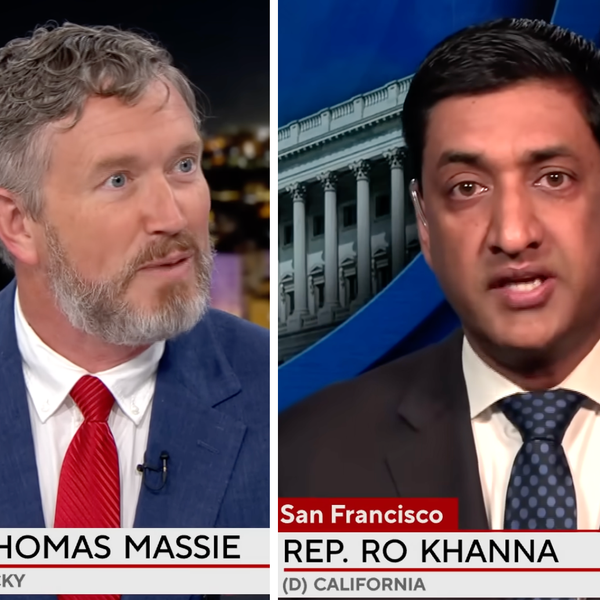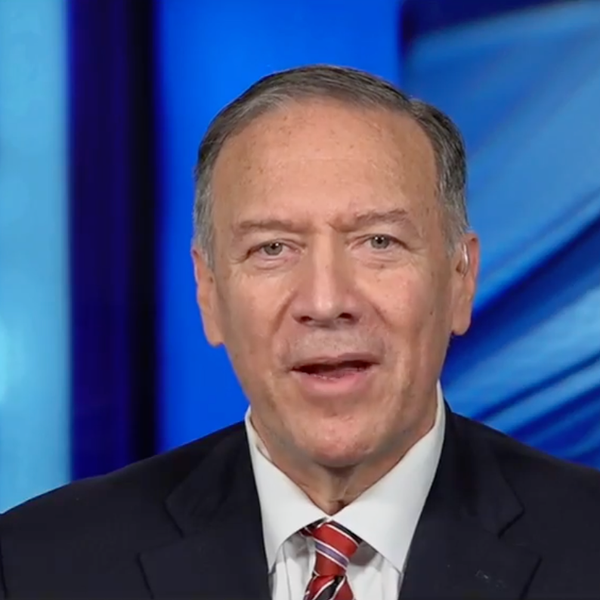The Pentagon released its budget request for Fiscal Year 2024 today. The figure for the Pentagon alone is a hefty $842 billion. That’s $69 billion more than the $773 billion the department requested for Fiscal Year 2023.
Total spending on national defense — including work on nuclear weapons at the Department of Energy — comes in at $886 billion. Adding in likely emergency military aid packages for Ukraine later this year plus the potential tens of billions of dollars in Congressional add-ons could push total spending for national defense to as much as $950 billion or more for FY 2024. The result could be the highest military budget since World War II, far higher than at the peaks of the Korean or Vietnam Wars or the height of the Cold War.
The proposed budget is far more than is needed to provide an effective defense of the United States and its allies.
If past experience is any guide, more than half of the new Pentagon budget will go to contractors, with the biggest share going to the top five — Lockheed Martin, Boeing, Raytheon, General Dynamics, and Northrop Grumman — to build everything from howitzers and tanks to intercontinental ballistic missiles. Much of the funding for contractors will come from spending on buying, researching, and developing weapons, which accounts for $315 billion of the new budget request.
As suggested above, Congress will probably add a substantial amount to the Pentagon’s request, largely for systems and facilities located in the states and districts of key members. That's no way to craft a budget — or defend a country. When it comes to defense, Congress should engage in careful oversight, not special interest politics.
Unfortunately, in recent years the House and Senate have accelerated the practice of jacking up the Pentagon’s budget request, adding $25 billion in FY 2022 and $45 billion in FY 2023. Given threat inflation with respect to China and the ongoing war in Ukraine, there is a danger that the $45 billion added for FY2023 could be the floor for what might be added by Congress in the course of this year’s budget debate.
Exceptions to the rush to throw more money at the Pentagon may come from opposite ends of the political spectrum. Representatives Barbara Lee (D-Calif.) and Mark Pocan (D-Wis.) have introduced the “People Over Pentagon Act,” which calls for a $100 billion annual cut in the DoD budget. A group of conservative lawmakers centered around the Freedom Caucus have called for a freeze on the discretionary budget at FY2022 levels. But different members have given different views on how Pentagon spending would fit into a budget freeze, from assertions that it will be “on the table” to a denial by one at least one member, Rep. Chip Roy (R-Texas), that Pentagon cuts should come into play at all.
It has been reported that President Dwight D. Eisenhower believed that we should spend all we need for national defense and not one penny more. But the new motto of the Pentagon and the Congress appears to be "spend now and ask questions later." Rather than matching funding to a viable national security strategy, the Pentagon and the Congress are pushing for whatever the political market will bear. The notion that tradeoffs need to be made against other urgent national priorities is a foreign concept to most members of the House and Senate, as they have routinely raised the Pentagon budget at the expense of other urgent national needs.
There is more than money at stake. An open-ended strategy that seeks to develop capabilities to win a war with Russia or China, fight regional wars against Iran or North Korea, and sustain a global war on terror that includes operations in at least 85 countries is a recipe for endless conflict.
We can make America and its allies safer for far less money if we adopt a more realistic, restrained strategy and drive a harder bargain with weapons contractors that too often engage in price gouging and cost overruns while delivering dysfunctional systems that aren’t appropriate for addressing the biggest threats to our security.
The Congressional Budget Office has crafted three illustrative options that could ensure our security while spending $1 trillion less over the next decade. A strategy that incorporates aspects of these plans and streamlines the Pentagon budget in other areas could be sustained at roughly $150 billion per year less than current levels.
A new approach would take a more objective, evidence-based view of the military challenges posed by Russia and China, rely more on allies to provide security in their own regions, reduce the U.S. global military footprint, and scale back the Pentagon's $2 trillion plan to build a new generation of nuclear weapons. Cutting wasteful spending practices and slowing or replacing spending on unworkable or outmoded systems like the F-35 and a new $13 billion aircraft carrier could save billions more. And reducing spending on the half a million-plus private contractors employed by the Pentagon could save hundreds of billions over the next decade.
The Pentagon doesn’t need more spending. It needs more spending discipline, tied to a realistic strategy that sets clear priorities and acknowledges that some of the greatest risks we face are not military in nature. Today’s announcement is just the opening gambit in this year’s debate over the Pentagon budget. Hopefully critics of runaway spending will have more traction this year than has been the case for the past several years. If not, $1 trillion in annual military spending may be just around the corner, at great cost to taxpayers and to the safety and security of the country as a whole.
- Another year, another delusional Pentagon budget request | Responsible Statecraft ›
- DOD budget reform panel's elephant in the room: Bad strategy | Responsible Statecraft ›
- Will military budget boosters ever say 'when'? | Responsible Statecraft ›
- Senators want to infect other agencies with 'unfunded' wish lists | Responsible Statecraft ›
- Popular YouTuber discovers how corrupt the Pentagon budget is | Responsible Statecraft ›
















